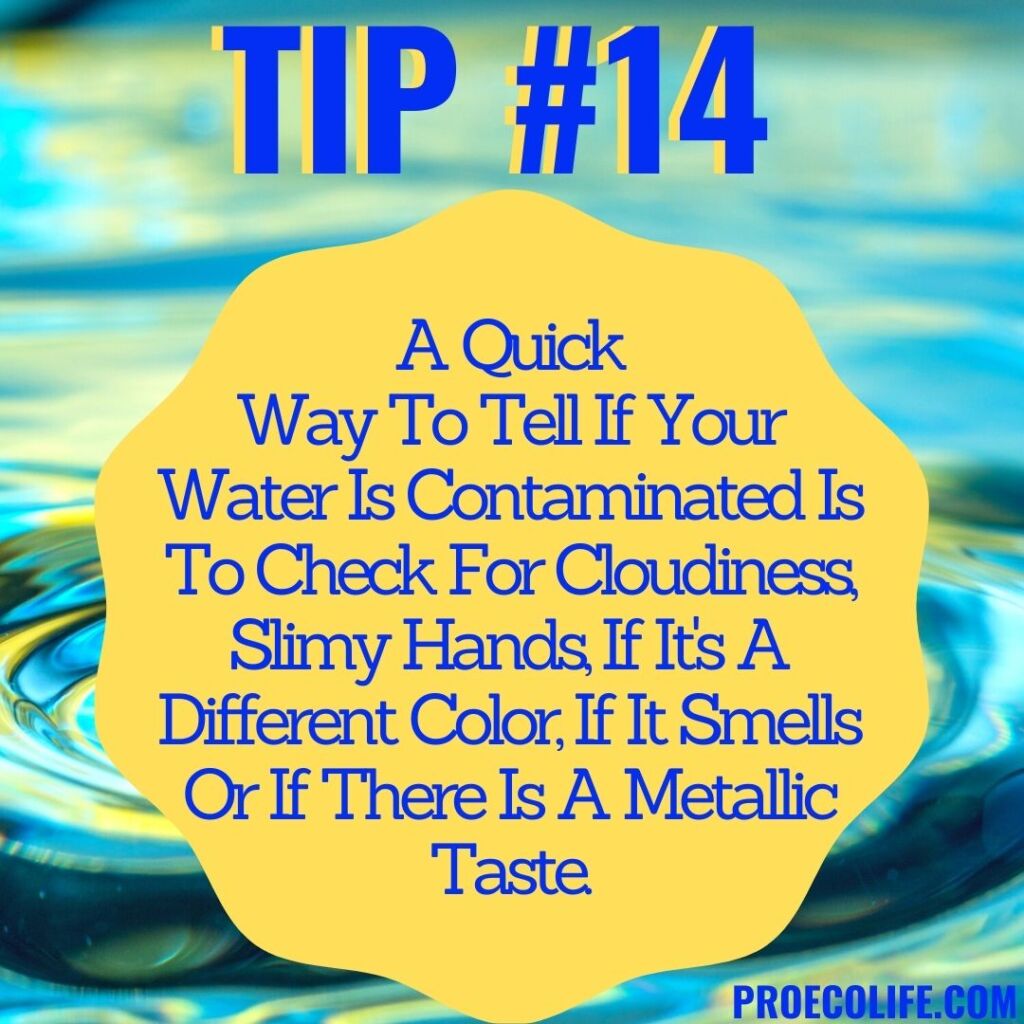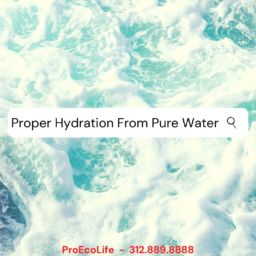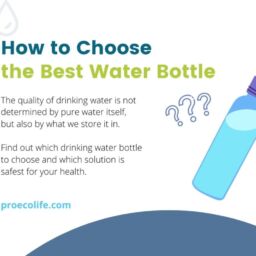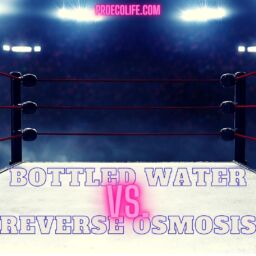
A Quick Way To Tell If Your Water Is Contaminated Is To Check For Cloudiness, Slimy Hands, If It’s A Different Color, If It Smells Or If There Is A Metallic Taste.
When it comes to the water pouring from your tap, how can you tell if it’s safe to drink? The only sure way to know if your water supply is contaminated is to have it professionally tested. Sometimes your tap water will give you signs that you may want to avoid drinking it until it’s tested and corrected. Here are a few of those signs:
Tastes Bad – Getting a metallic taste to your water? It could be contaminated. Rusty, old pipes can seep copper, lead, iron and other metals into your water. The taste may seem metallic or salty. Get your water tested because it may be actual metals leeching into the water or merely low pH.
Smelly Water:
Rotten Eggs – Water that reeks like raw sewage or rotten eggs likely contains hydrogen sulfide. This gas occurs naturally in groundwater but when it is exposed to certain bacteria, it can convert to sulfate and cause symptoms such as diarrhea or dehydration.
Fish – Water that smells like seafood could be a sign of excessive barium or cadmium levels. Barium is a byproduct of manufacturing and cadmium is often found in lead and copper ores. Elevated levels of barium can cause muscle weakness or kidney, liver and heart damage. Exposure to high levels of cadmium can cause bone, liver and kidney damage. A quick test: pour a glass of water and go into another room. Swirl the water around and smell it again. Still smells fishy? It is likely contaminated.
Bleach – Water smelling like bleach signals excessive chlorine. Chlorine is actually added to water to kill germs and pathogens but can leave harmful byproducts in its wake. THMs and HAAs are a result of chlorine mixing with other organic compounds and can lead to severe health problems and cancer risk.
Slimy Hands – If your hands feel slimy, or like they have a film on them, after you’ve washed them with soap and water, there is a chance your water is hard. Aside from gross hands, hard water leaves calcium and magnesium buildup on sinks, faucets and even the glass you drink out of. Hard water itself isn’t a direct indication of contamination but it’s good to have it checked out to make sure it doesn’t lead to other harmful metals.
Cloudiness – Safe water should be clear with no odor and no odd taste. If you have cloudy water, it may contain harmful chemicals. Cloudy water doesn’t always signal an issue but better safe than sorry.
Colors:
Blue or Green – Water of this color can contain high levels of copper from rusty pipes. Small doses of copper aren’t necessarily bad but high levels can put you at risk for liver and kidney damage.
Brown, Yellow or Orange – It can be jarring to see your water anything other than clear but yellow, orange or brown water is pretty foul. Yellow water can contain chromium-6, a huge cancer causing chemical. Does the yellow tint only appear when running cold water? It may be a sign that your utility company is just clearing out the pipes. Best to have it checked or use a water filter system.
Brown or orange water can contain elevated levels of iron, lead or bacteria breeding rust.
If you notice any of the signs above, it can mean your water contains harmful chemicals or byproducts. Have your water tested immediately to make sure there isn’t something sinister in the supplies. Another great way to make sure you aren’t taking in bad components even after the supply is fixed is to invest in a home water filter system. Products such as the Pel-75 use military-grade technology and a nine filter system to knock out contaminants and produce safe, great-tasting water right from your tap.
















